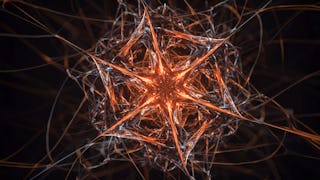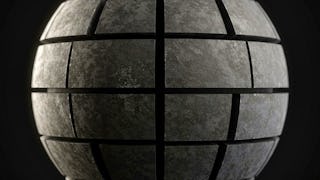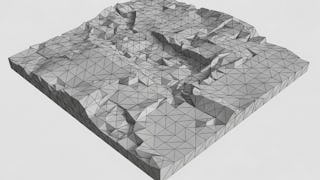This advanced Unity course empowers learners to construct, manipulate, and transform 3D mesh geometry through procedural generation and dynamic interaction. Starting with foundational techniques such as uniform grid creation and mesh segmentation, students will progress through the development of curved primitives like rounded cubes and cube spheres, and culminate in implementing real-time mesh deformation systems that respond to user input.



Unity: Design & Deform Meshes for 3D Geometry Control
This course is part of Unity Procedural Generation & Game Mechanics Specialization

Instructor: EDUCBA
Access provided by Single Supervisory Mechanism
Skills you'll gain
Details to know

Add to your LinkedIn profile
16 assignments
August 2025
See how employees at top companies are mastering in-demand skills

Build your subject-matter expertise
- Learn new concepts from industry experts
- Gain a foundational understanding of a subject or tool
- Develop job-relevant skills with hands-on projects
- Earn a shareable career certificate

There are 5 modules in this course
This module introduces learners to the foundational principles of mesh creation and manipulation within Unity. Beginning with a conceptual overview of meshes, the module progresses through implementing essential components like Mesh Filters and Grid Scripts. Learners will explore how to define mesh geometry using vertices, integrate vertex data into Unity's mesh system, and finally, apply UV mapping for texture alignment. By the end of this module, learners will have the skills to construct simple custom meshes from the ground up and prepare them for rendering and interaction in Unity.
What's included
6 videos3 assignments
This module dives into the procedural construction of a rounded cube in Unity, expanding on basic mesh generation to include curved surfaces, segmented geometry, and structured triangle definitions. Learners will construct a rounded cube from scratch using scripting, generate top and bottom faces using programmatic logic, and refine visual accuracy through vertex manipulation and triangle orientation. By mastering the concepts in this module, learners will be equipped to develop visually sophisticated and structurally correct 3D meshes using procedural techniques.
What's included
9 videos4 assignments
This module focuses on enhancing procedural mesh systems by introducing vertex-level manipulation, mesh segmentation, and custom shader integration. Learners will implement techniques to programmatically assign vertex data, split complex meshes into manageable sections, and develop custom shaders that enhance the visual presentation of procedural geometry. The module also covers the application of realistic colliders to curved meshes, enabling physically accurate interactions in a game environment. By the end, learners will have the tools to create structured, optimized, and visually stylized procedural meshes.
What's included
5 videos3 assignments
This module focuses on the transformation of cube geometry into a sphere-like structure through procedural techniques in Unity. Learners will begin by generating a base cube sphere and scripting its structure, then progress to refining individual faces and applying accurate mapping for smooth curvature. The module also explores geometric challenges associated with spherical mapping and how to visually validate the results. By the end of this module, learners will be equipped to construct and verify dynamic, mathematically generated sphere meshes optimized for real-time rendering.
What's included
5 videos3 assignments
This module explores advanced methods for dynamically altering mesh geometry in real time. Learners begin by constructing uniform vertex grids as the foundation for consistent deformation, and progress to implementing systems that respond to user input to modify mesh shapes. The module covers force-based deformation, raycasting for interaction detection, and managing vertex transformations with precision. By the end of this module, learners will be equipped to build responsive, deformable meshes that enhance interactivity and realism in 3D applications.
What's included
6 videos3 assignments
Earn a career certificate
Add this credential to your LinkedIn profile, resume, or CV. Share it on social media and in your performance review.
Why people choose Coursera for their career









